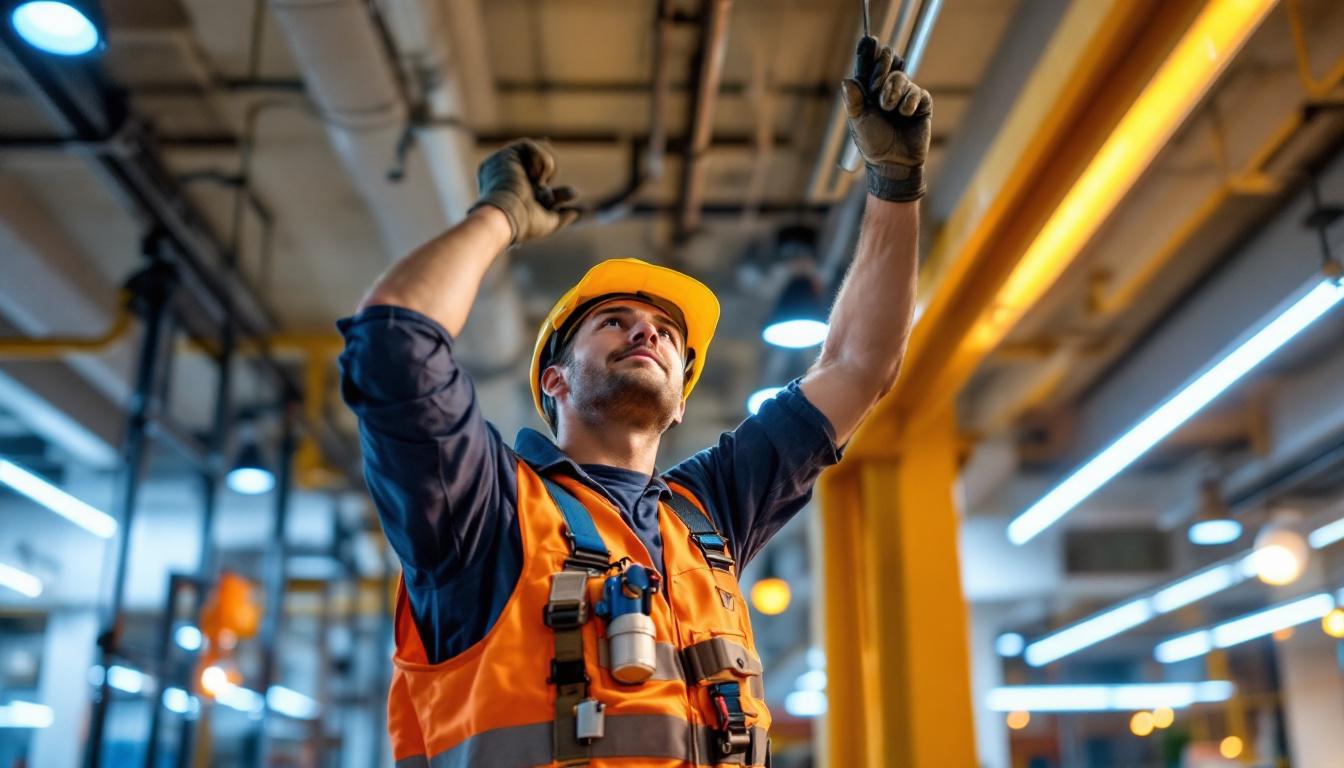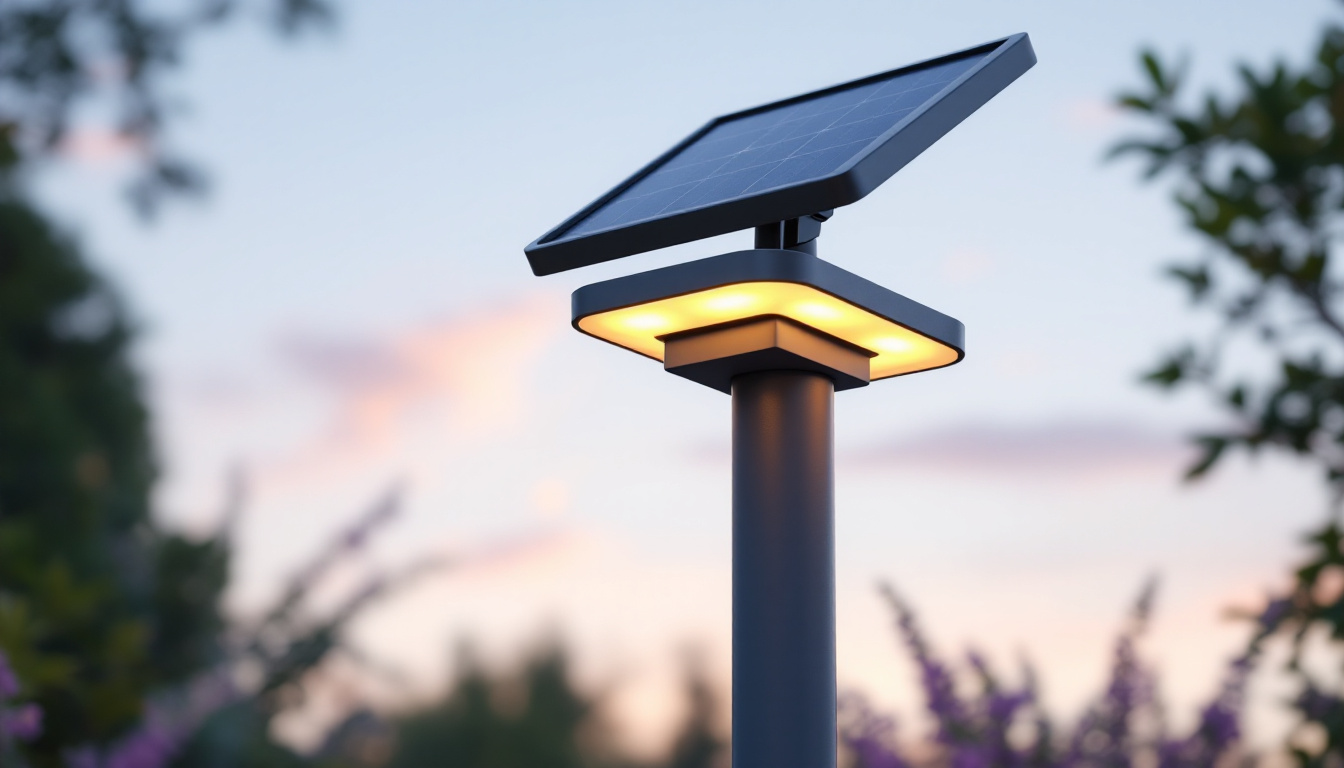
For lighting contractors, the wall light junction box is more than just a simple component; it is a critical element that ensures the safety, functionality, and durability of lighting installations. At its core, a junction box serves as the enclosure where electrical connections are made, protecting wires and terminals from damage and preventing accidental contact.
Junction boxes come in various shapes and sizes, but those designed for wall lights must accommodate specific installation requirements. They provide a secure mounting point for fixtures, maintain electrical code compliance, and facilitate easier maintenance and upgrades. Without a properly selected and installed junction box, lighting contractors risk compromising the entire lighting system’s integrity.
Lighting contractors must prioritize the correct use of junction boxes because they directly impact safety and performance. A well-installed junction box prevents electrical fires by containing sparks or heat generated by faulty wiring. It also protects wiring from environmental factors such as moisture and dust, which can degrade connections over time.
Moreover, junction boxes simplify troubleshooting and future modifications. When a lighting fixture needs replacement or repair, having an accessible and organized junction box reduces labor time and costs. This efficiency is particularly important in commercial projects where downtime can be costly.
In addition to their functional advantages, junction boxes also play a pivotal role in aesthetic considerations. For instance, when selecting a junction box for wall-mounted lights, contractors must consider the box’s visibility and how it integrates with the overall design of the space. A well-chosen junction box can be painted or concealed to blend seamlessly with the wall, ensuring that the focus remains on the lighting fixtures themselves rather than the hardware that supports them. This attention to detail can elevate the overall quality of a lighting installation, making it not only safe and functional but also visually appealing.
Furthermore, understanding the different types of junction boxes available is essential for contractors to make informed decisions. For example, metal junction boxes offer superior durability and grounding capabilities, making them ideal for outdoor or high-humidity environments. On the other hand, plastic junction boxes are lightweight and resistant to corrosion, which can be advantageous in residential settings. By selecting the appropriate material and type of junction box, contractors can tailor their installations to meet specific environmental conditions and client preferences, ultimately enhancing the longevity and reliability of the lighting systems they install.
Electrical codes and safety standards play a pivotal role in guiding the selection and installation of wall light junction boxes. Lighting contractors must be intimately familiar with these regulations to ensure their work meets legal and safety requirements.
The National Electrical Code (NEC) sets the benchmark for electrical safety in residential, commercial, and industrial installations. It mandates that all electrical connections be housed within approved junction boxes to minimize fire hazards and electrical shock risks.
For wall lights, NEC requirements specify the minimum box volume to accommodate the number of conductors, the type of box material (metal or non-metal), and mounting methods. Non-compliance can lead to inspection failures, costly rework, and potential liability issues. Additionally, the NEC is regularly updated, reflecting advances in technology and safety practices. Therefore, staying informed about the latest revisions is crucial for contractors, as it ensures that their installations not only comply with current standards but also incorporate the latest safety features, such as enhanced circuit protection and energy efficiency measures.
Lighting contractors must also consider the environment where the wall light junction box will be installed. For outdoor or damp locations, junction boxes with appropriate ingress protection (IP) ratings are essential to prevent water ingress and corrosion. Using the right box type extends the lifespan of the lighting system and reduces maintenance frequency.
Furthermore, the choice of materials for junction boxes can significantly impact their durability and effectiveness in various environments. For instance, stainless steel or high-grade plastics may be preferred in coastal areas where salt exposure is a concern, while galvanized steel may be suitable for more temperate climates. Additionally, understanding the thermal properties of these materials can help prevent overheating, which is a common issue in areas with high ambient temperatures. By carefully selecting junction boxes that are not only compliant but also tailored to specific environmental conditions, contractors can enhance the reliability and safety of their lighting installations, ultimately leading to greater customer satisfaction and trust in their services.
Selecting the appropriate junction box is a nuanced decision that depends on several factors, including the type of wall light fixture, installation environment, wiring complexity, and aesthetic considerations.
Metal junction boxes offer superior durability and are often required in commercial or industrial settings due to their grounding capabilities and resistance to impact. Plastic boxes, on the other hand, are lightweight, corrosion-resistant, and easier to install, making them popular in residential applications.
Lighting contractors should weigh these material properties against project specifications and client preferences to determine the best fit. For example, metal boxes are preferred in locations with high mechanical stress or where grounding is critical, while plastic boxes are suitable for dry, low-impact environments. Additionally, the choice of material can also affect the overall cost of the project, as metal boxes tend to be more expensive than their plastic counterparts. Contractors should also consider the long-term implications of their choice; while plastic may save money upfront, metal may provide a more robust solution that stands the test of time.
The size of the junction box must accommodate all wires, connectors, and devices without overcrowding. Overfilled boxes can lead to overheating and make future maintenance difficult. NEC guidelines provide formulas to calculate the minimum box volume based on conductor count and size.
Contractors should also consider future-proofing installations by opting for slightly larger boxes when anticipating upgrades or additional wiring. This foresight can save time and money on future projects. Furthermore, larger boxes can facilitate easier access for troubleshooting, which is invaluable in complex installations where multiple circuits may be involved. By planning for potential expansions, contractors can enhance the longevity and functionality of the electrical system, ultimately benefiting both the client and their own workflow.
Proper mounting of the junction box ensures stability and alignment with the wall surface, which is crucial for the aesthetic and functional installation of wall lights. Boxes should be flush with the finished wall surface to allow secure fixture attachment.
Accessibility is equally important; junction boxes should be installed in locations that allow easy access for inspection, maintenance, or upgrades without damaging the wall or surrounding finishes. In addition, contractors should be mindful of local building codes that may dictate specific mounting heights or locations, particularly in residential settings where safety and convenience are paramount. By ensuring that junction boxes are not only accessible but also strategically placed, contractors can improve the overall user experience, making it easier for homeowners to manage their lighting systems and any necessary repairs. This attention to detail can set a contractor apart in a competitive market, showcasing their commitment to quality and customer satisfaction.
Beyond selecting the right junction box, lighting contractors must adhere to best practices during installation to maximize safety and performance.
Ensuring secure and code-compliant wiring connections inside the junction box is fundamental. This includes using wire nuts or approved connectors, stripping wires to the correct length, and avoiding sharp bends that can damage insulation.
Contractors should also verify that grounding wires are properly connected to the box and fixture to prevent electrical hazards. Labeling wires can aid in future troubleshooting and modifications.
In environments exposed to moisture or dust, sealing the junction box with appropriate gaskets or sealants is critical. This prevents corrosion and maintains the integrity of electrical connections.
For outdoor installations, using weatherproof covers and ensuring conduit connections are tight and sealed further protects the system from environmental damage.
After installation, thorough testing of the lighting circuit and junction box connections is essential. This includes verifying voltage levels, checking for continuity, and ensuring no short circuits or ground faults exist.
Lighting contractors should also perform a visual inspection to confirm that all components are securely mounted, wires are neatly arranged, and no damage has occurred during installation.
Lighting contractors often encounter specific challenges when working with wall light junction boxes. Understanding these issues and their solutions can enhance project outcomes.
In retrofit projects, existing walls may have limited space for junction boxes, making installation difficult. Contractors can use shallow or remodel boxes designed for tight spaces, which have mounting brackets that secure to drywall without the need for studs.
Alternatively, surface-mounted boxes can be employed where wall modification is not feasible, though this may impact aesthetics.
In coastal or industrial areas, corrosion can rapidly degrade metal junction boxes. Using corrosion-resistant materials such as stainless steel or high-grade plastic boxes, combined with protective coatings, mitigates this risk.
Regular maintenance and inspection schedules also help identify early signs of corrosion before they cause failures.
Modern lighting systems increasingly incorporate smart controls and sensors, requiring additional wiring and sometimes specialized junction boxes with extra capacity or integrated features.
Lighting contractors should stay informed about emerging technologies and select junction boxes that support these advancements without compromising safety or code compliance.
Wall light junction boxes are fundamental components that significantly influence the safety, reliability, and longevity of lighting installations. For lighting contractors, understanding their importance, adhering to safety codes, selecting the right materials and sizes, and following best installation practices are essential steps toward delivering high-quality work.
By addressing common challenges proactively and embracing innovations in lighting technology, contractors can enhance client satisfaction and build a reputation for excellence. Ultimately, the wall light junction box is not just a box—it is the foundation upon which safe and effective lighting solutions are built.
Ready to take your lighting installations to the next level? At LumenWholesale, we provide lighting contractors with the highest quality junction boxes and spec-grade lighting products at unbeatable wholesale prices. Say goodbye to local distributor markups and hello to our premium selection that meets the highest industry standards. With free shipping on bulk orders, you can trust that you’re getting the best value without any hidden fees. Elevate your lighting solutions with the quality, affordability, and convenience that LumenWholesale offers. Wholesale Lighting at the Best Value is just a click away.

Discover essential tips for lighting contractors to perfect LED cove lighting installations.

Discover innovative hacks for smart lighting contractors focusing on 5/6 inch installations.

Discover essential tips and common pitfalls for lighting contractors navigating LED technology.

Discover the transformative impact of solar lights on posts for lighting contractors.